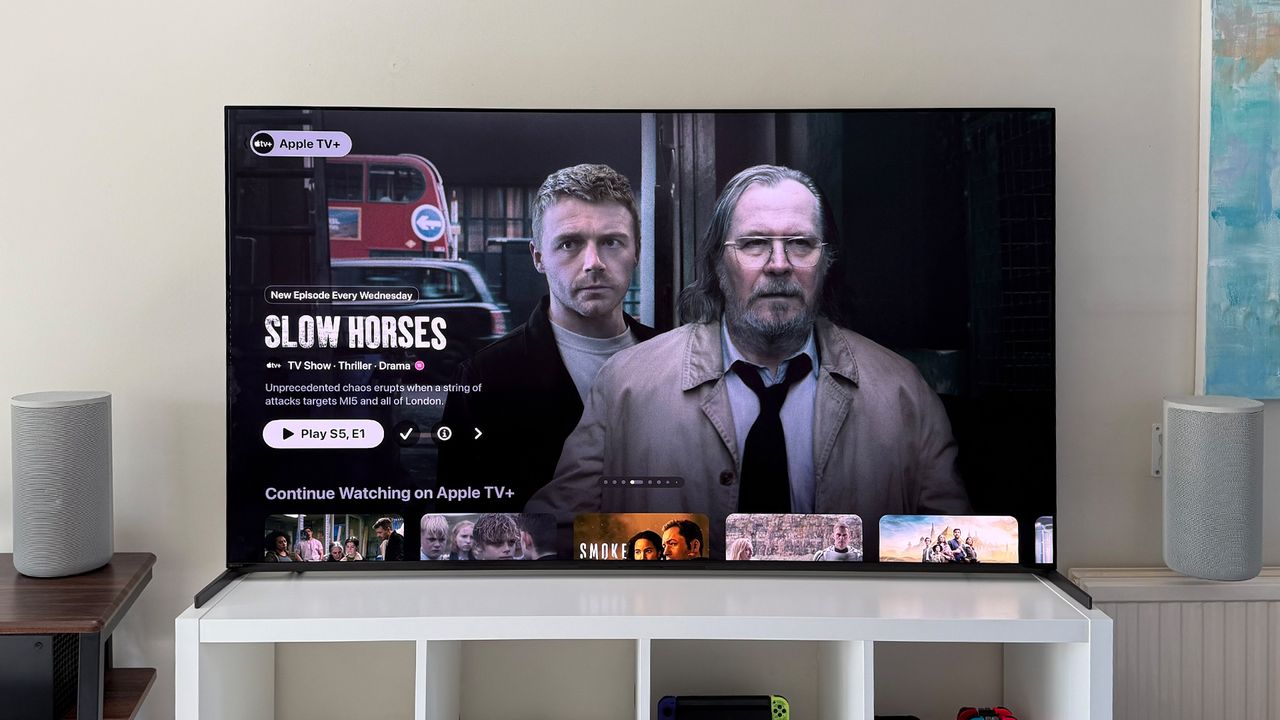
When we first reviewed Apple TV+ in the spring of 2020, we praised its picture and sound quality but criticised its relative lack of content and device compatibility.
More than five years on, it’s still the best-performing mainstream streaming service from an AV perspective, and while Apple’s approach means the catalogue is still much smaller than that of rivals, the quality of the available content is very strong indeed.
Apple TV+ is now available on pretty much every device, too, and it’s still significantly cheaper than Netflix and Disney+ if you care about 4K, HDR and Dolby Atmos, which we most certainly do.
It’s about time for a full reassessment, then.
Price
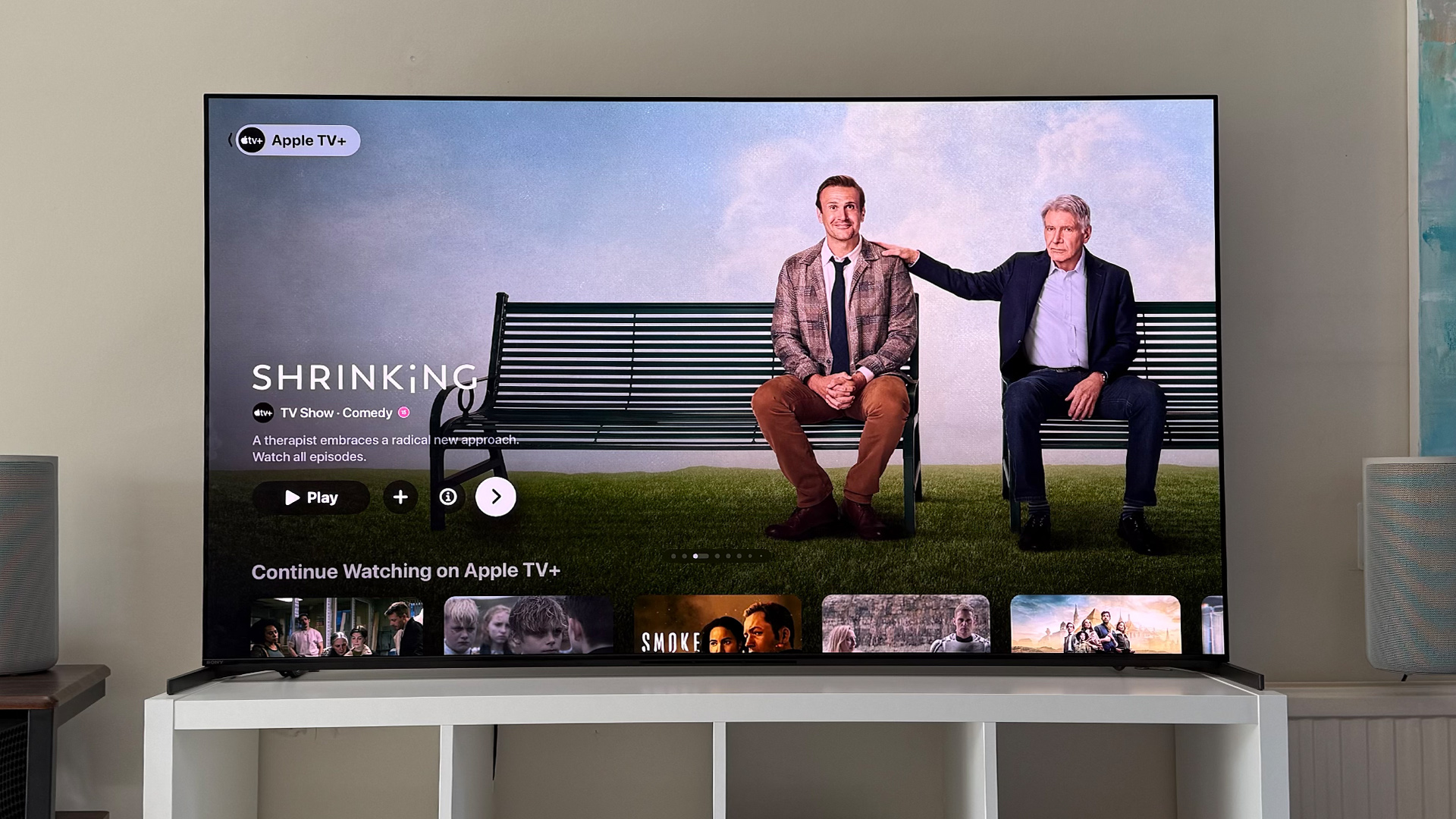
While most of the streaming big boys now have a dizzying array of subscription tiers, Apple TV+ has just one that costs £9.99 / $12.99 / AU$15.99 per month.
That gets you an ad-free experience in 4K HDR and with Dolby Atmos sound.
Netflix and Disney+ are both available for less than that, but only with adverts, potato picture quality and restricted sound options.
To go ad-free and enjoy equivalent picture and sound quality to Apple TV+, Netflix will set you back £18.99 / $24.99 / AU$28.99 per month, while Disney+ is £14.99 / $18.99 / AU$20.99.
Amazon Prime Video works slightly differently: if you combine the Prime Video-only subscription with the top-up ad-free subscription, which also gives you access to the best picture and sound options, it comes out at £8.98 / $11.98 (in Australia, you can’t subscribe to Prime Video without the broader Prime subscription, so the price there is AU$12.98).
Of course, cost and value are different things, and the relatively low price of Apple TV+ (at least compared with Netflix and Disney+) reflects its smaller content catalogue.
Content
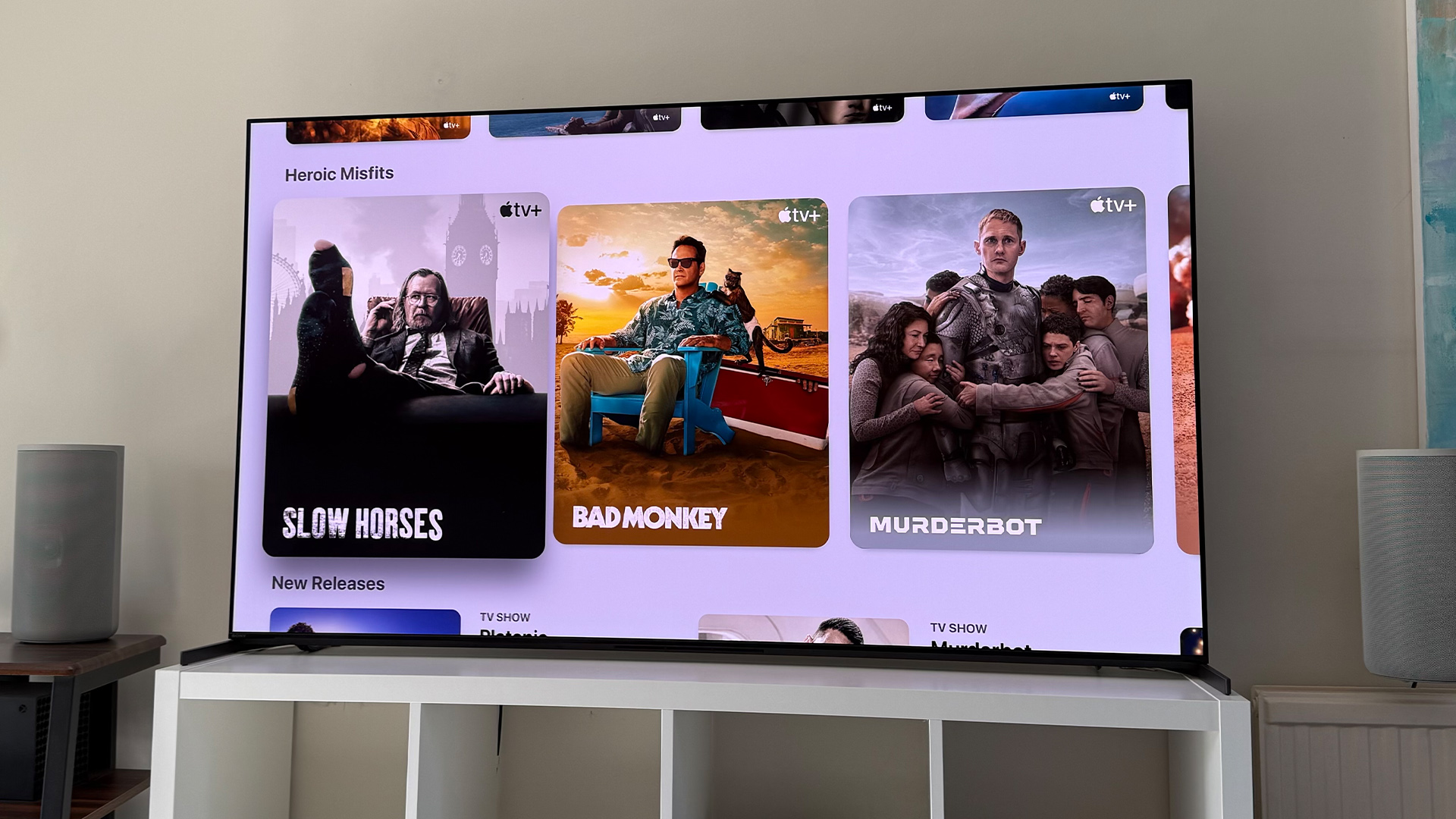
While Netflix and Amazon license movies and TV shows from other studios to bolster their respective streaming catalogues of original content, Apple TV+ hosts only exclusive productions.
It’s the same approach that Disney takes, but Disney, of course, has several studios under its umbrella and a back catalogue that stretches decades into the past. In contrast, Apple has been creating and amassing its ‘Originals’ for a relative blink of an eye.
In other words, the content catalogue of Apple TV+ is much smaller than that of its rivals. As mentioned at the start, though, the quality of that content is now very high, especially against the occasionally endless-seeming sea of rot that regularly appears on Netflix and Amazon Prime Video in particular.
Apple is especially strong on TV shows, with the likes of Severance, Black Bird, Platonic, Shrinking, The Studio, For All Mankind, The Afterparty, Prehistoric Planet, Silo, Ted Lasso and Criminal Record all scoring highly with critics and audiences.
Then there’s Slow Horses – one of the very best TV shows of the last few years, at least as far as the What Hi-Fi? team is concerned.
The movie selection is less impressive: films such as Coda, Killers Of The Flower Moon, Tetris and Finch prove that there’s quality on there, but it doesn’t take long to run out of well-rated flicks.
Overall, though, there’s more than enough quality content on Apple TV+ for most people to feel that they’re getting strong value for money out of their subscription cost.
It’s worth noting that most versions of the Apple TV app also contain Apple’s pay-as-you-go store for movies and TV shows (still sometimes referred to as the iTunes Store).
This is the very best place to buy and rent movies for streaming, but it’s not part of the Apple TV+ subscription, so it doesn’t fall within the scope of this review.
Device compatibility
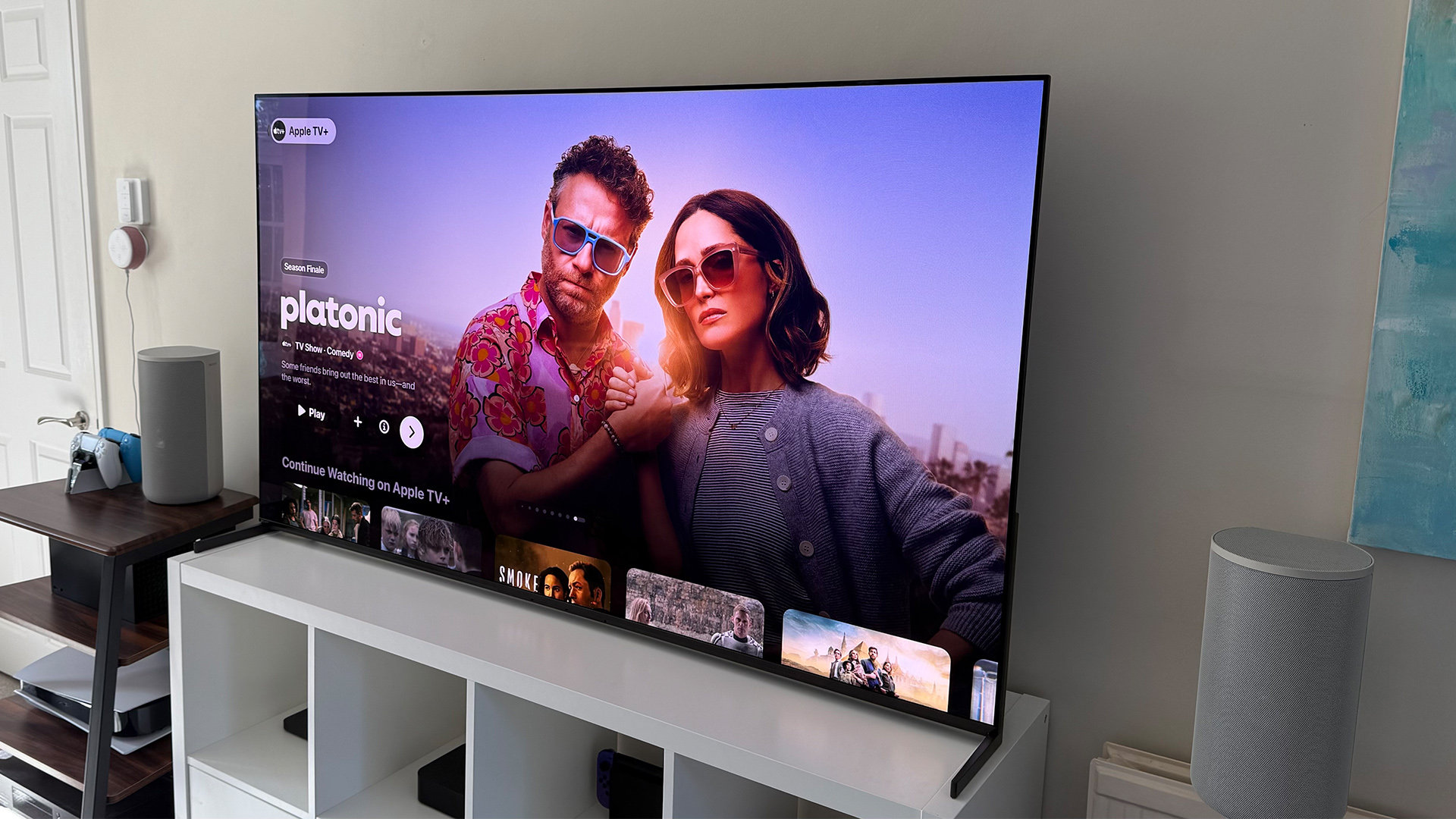
It took a while, but the Apple TV+ app is now available on pretty much every device that also has Netflix, Amazon Prime Video and Disney+. In fact, of all the TVs, smart projectors and streaming sticks we’ve reviewed over the last two years, only one or two haven’t had it.
What’s more, you can now subscribe to Apple TV+ and access its content through the Amazon Prime Video app, which is a great backup option if your device doesn’t have a native Apple TV+ app.
One thing to note, though, is that while Apple TV+ performs well across all devices (at least all those with which we’ve tested it), only Apple’s own devices (e.g. the Apple TV 4K) get access to the highest-quality streams.
Picture
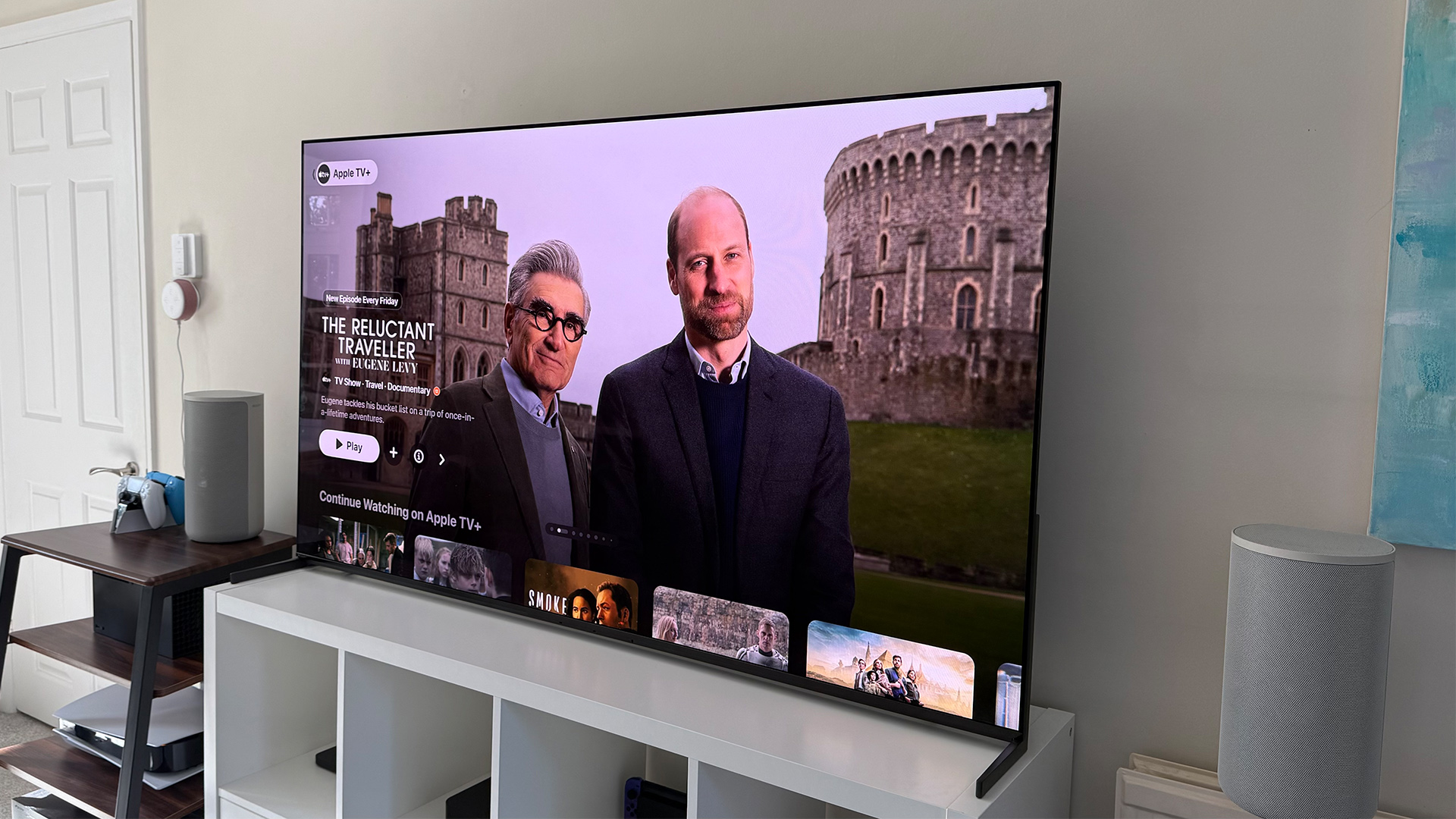
And it’s those high-quality streams that really set Apple TV+ apart from its rivals.
While the streaming bitrates of Netflix, Disney+ and Prime Video average between about 10 and 25 Mbps, Apple TV+ averages around 25 to 40 Mbps, and even stretches to 45 Mbps at times. This is because Apple applies less compression to its streams, and the result is all-round better picture quality.
Compared with even the best Netflix, Disney+ and Prime Video streams, content from Apple TV+ looks noticeably sharper, cleaner and more detailed. There’s less banding (unsubtle steps where a colour’s shade changes) and less picture noise, and the result is a crisper overall image.
Playing See, one of Apple TV+’s most sumptuous streams, there’s an awesome depth and solidity to the epic landscapes, excellent shading across the board, including in skin tones, and a very impressive combination of thrilling contrast and subtle shadow shading.
We’re not talking 4K Blu-ray levels of crispness and control, of course – discs can exceed bitrates of 100 Mbps, after all – but Apple TV+ gets closer than any of its mainstream rivals.
Only Sony Pictures Core can beat it for picture quality, and only when it’s accessed via a Sony TV. That’s also less of a streaming service and more of a store for Sony Pictures movies.
Even when Apple TV+ is accessed via the app on non-Apple devices, which don’t have access to the highest-bitrate streams (estimates suggest they’re capped at about 25 Mbps), there’s a sheen to the delivery that is rarely matched by rivals.
This may be at least in part down to the glossy way in which Apple’s content is produced – there’s of course no way to be sure, seeing as the content is exclusive to its own service – but whatever the reason, the result is highly enjoyable.
The vast majority of Apple TV+’s content is available in 4K with Dolby Vision, and this is broadly the format in which it looks its best, but a well set-up TV will do a great job with the fallback HDR10 option, and the service even now supports HDR10+ for that additional, contrast-boosting dynamic metadata. Great news for Samsung TV owners in particular.
Sound
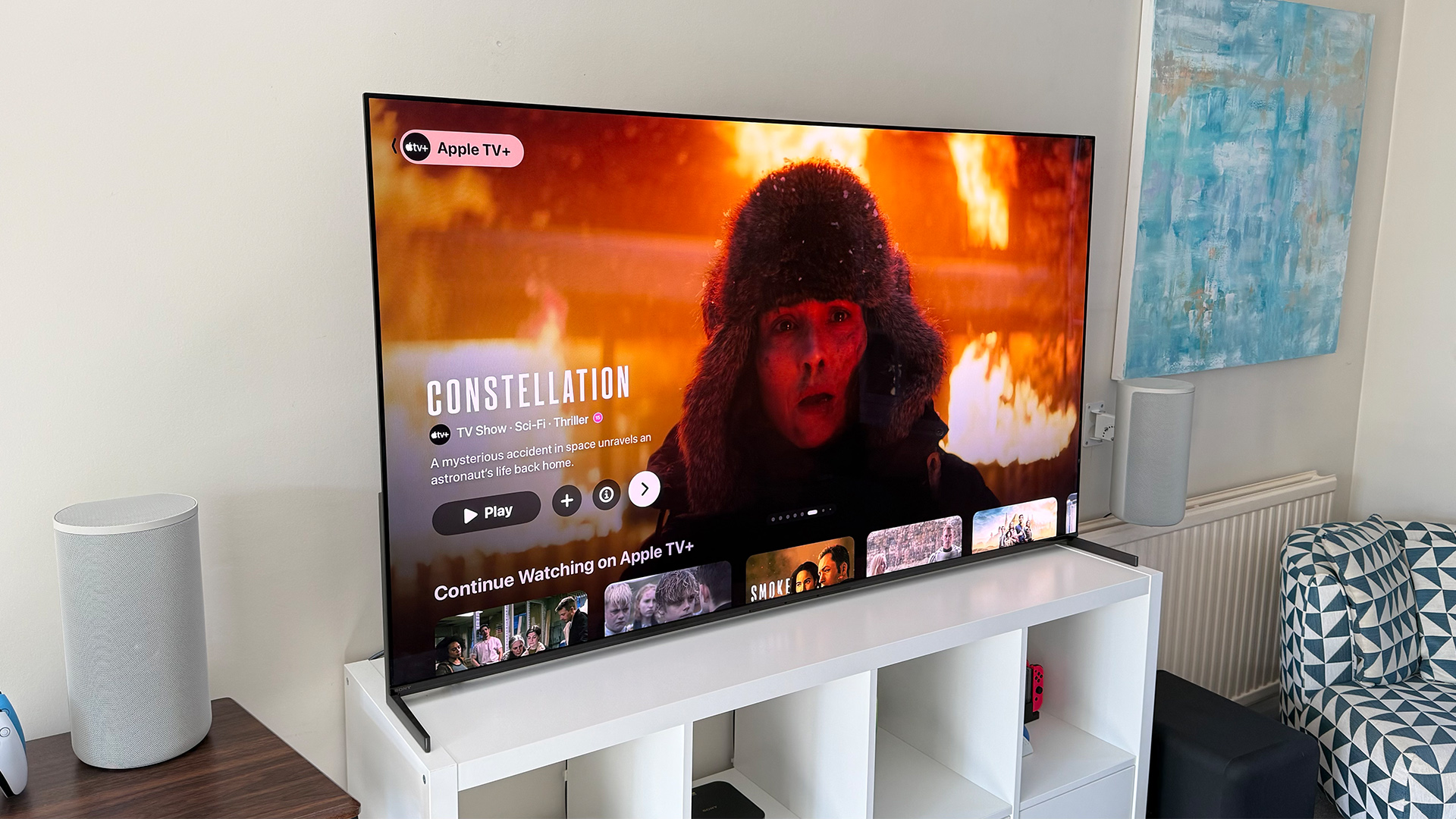
While Apple TV+ has no technical advantage over rival streaming services when it comes to sound quality, with all of them delivering Dolby Atmos soundtracks at 768 kbps, the general audio delivery is still very good in its own right.
During the opening chase in Fountain Of Youth (yes, it’s a dreadful film, but boy is it nicely produced), the Atmos soundtrack fills the room with the sounds of bustling Bangkok.
There’s detail everywhere, and effects sweep precisely around the soundstage. Tonally, there’s good balance, too, with clean treble, weighty bass and clear, fairly textured midrange.
Across Apple TV+’s offering, there’s perhaps a little too much smoothness and politeness. We find ourselves longing for a more solid punch from explosions and gunfire, and more reach to dynamic range.
This is a common theme with streamed movies and TV shows, though, and only physical media is significantly better in these regards, thanks to its uncompressed, super-high-bitrate audio.
Verdict
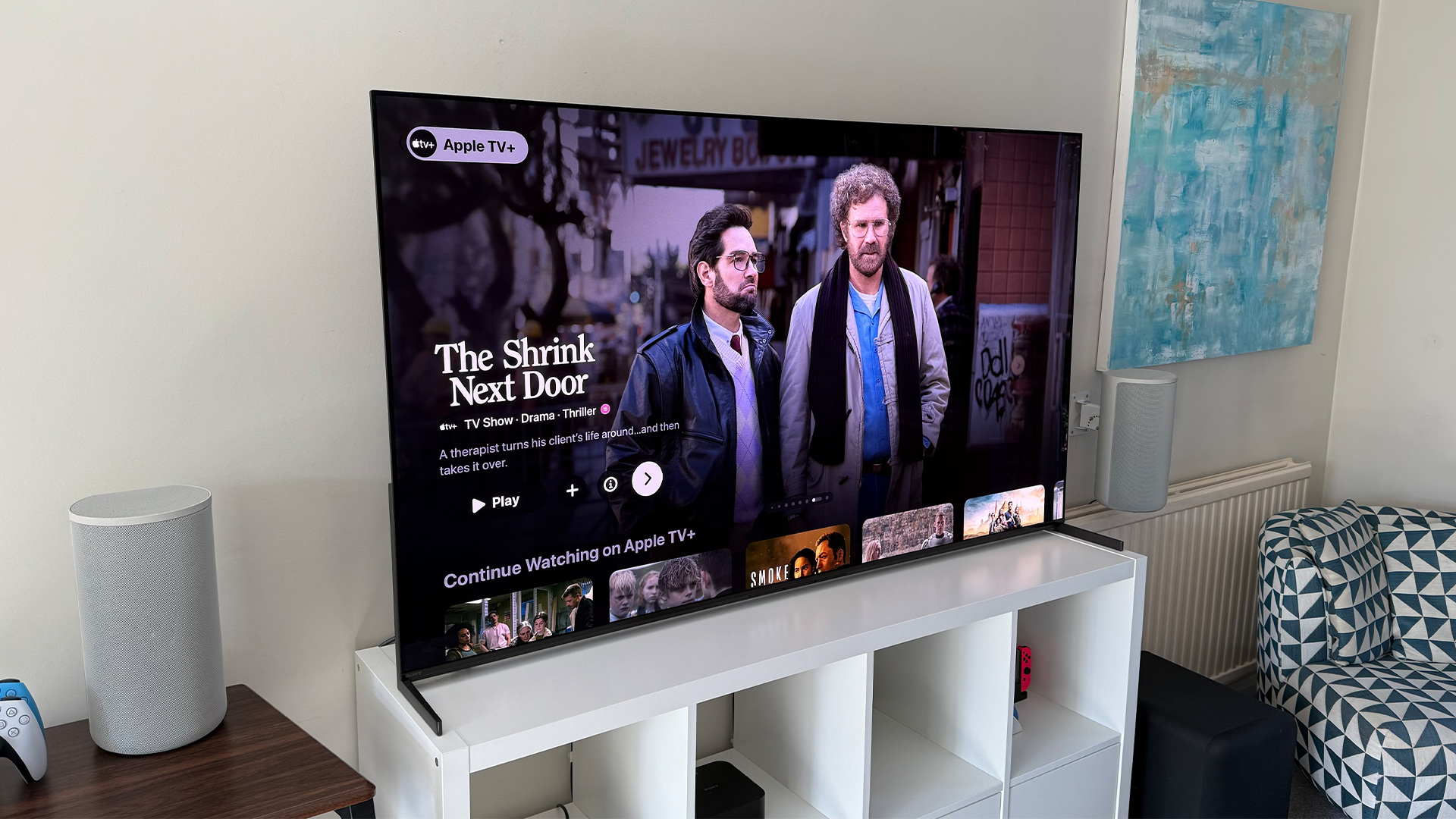
While it still lacks the vast catalogues of its rivals, Apple TV+’s content offering is much bigger than it once was, and the quality of its recent Originals is arguably superior.
But what really impresses (assuming you’re of an AV nerd persuasion) is the quality of the presentation, particularly in terms of picture. None of its direct rivals can match it, and if you access the app via an Apple TV 4K, it’s streets ahead.
Add the highly accessible price, and Apple TV+ has become a real winner in our book.
MORE:
Read our review of Disney+
Also consider Netflix
Read our Amazon Prime Video review
Best streaming devices: smart TV sticks and boxes chosen by our experts







